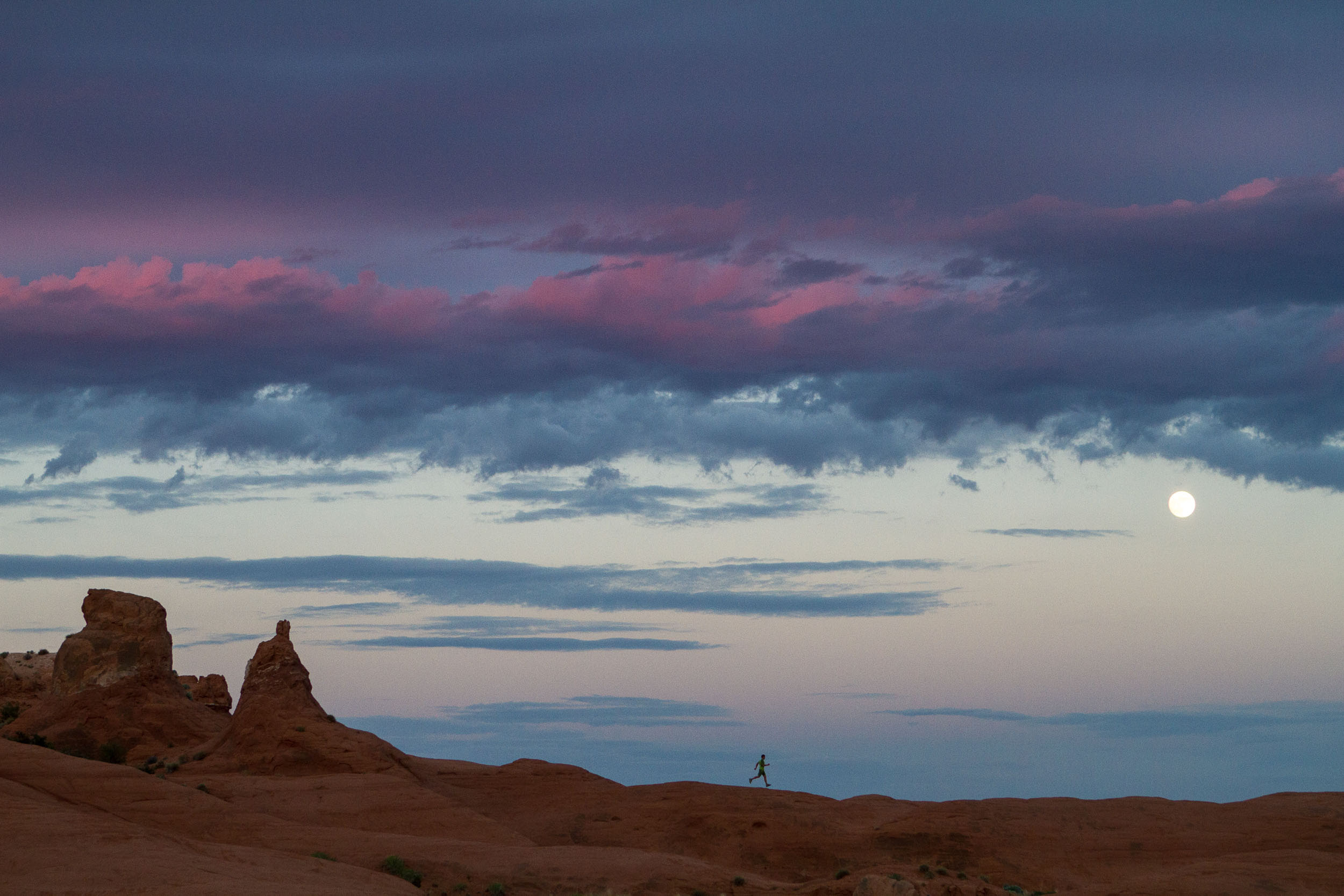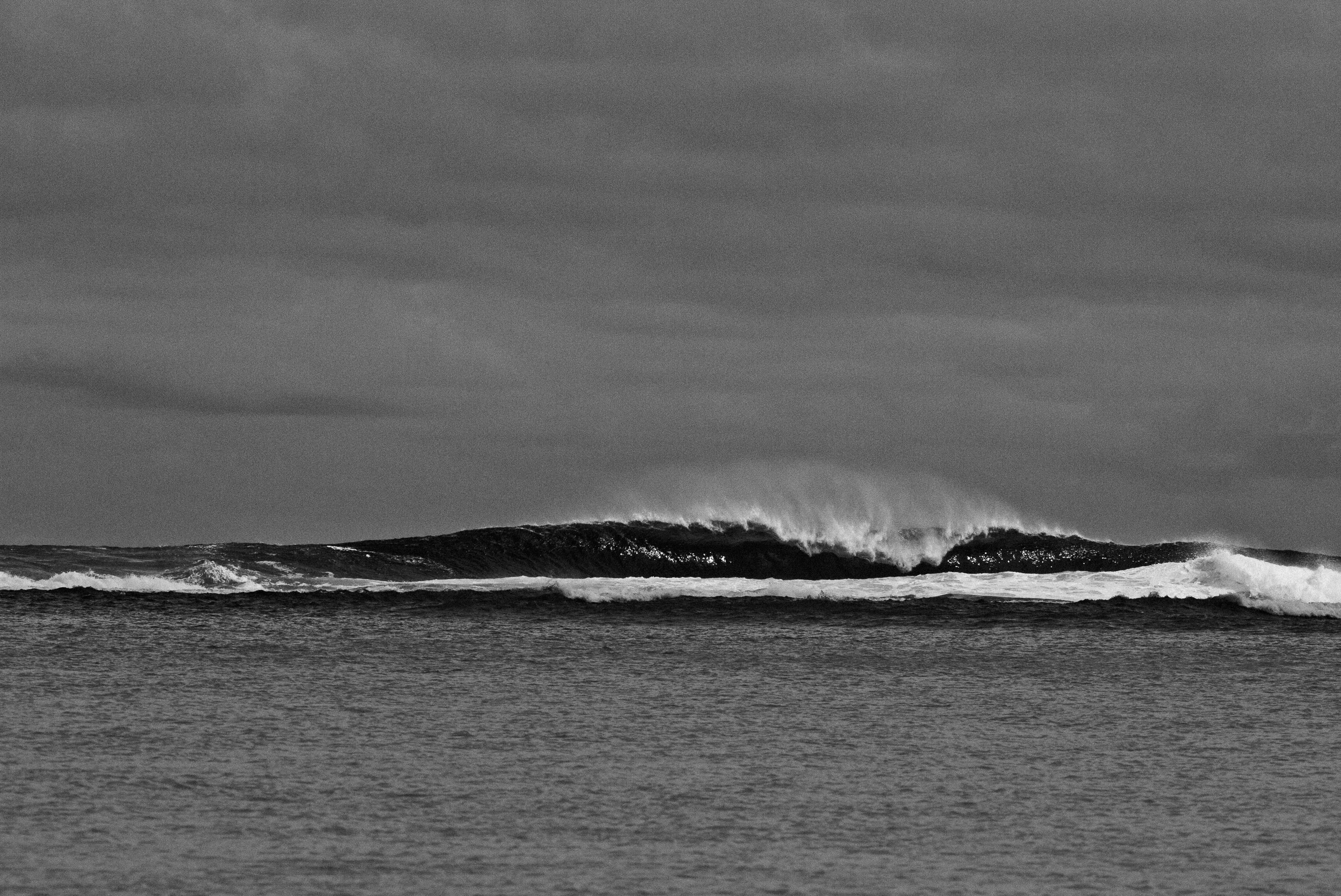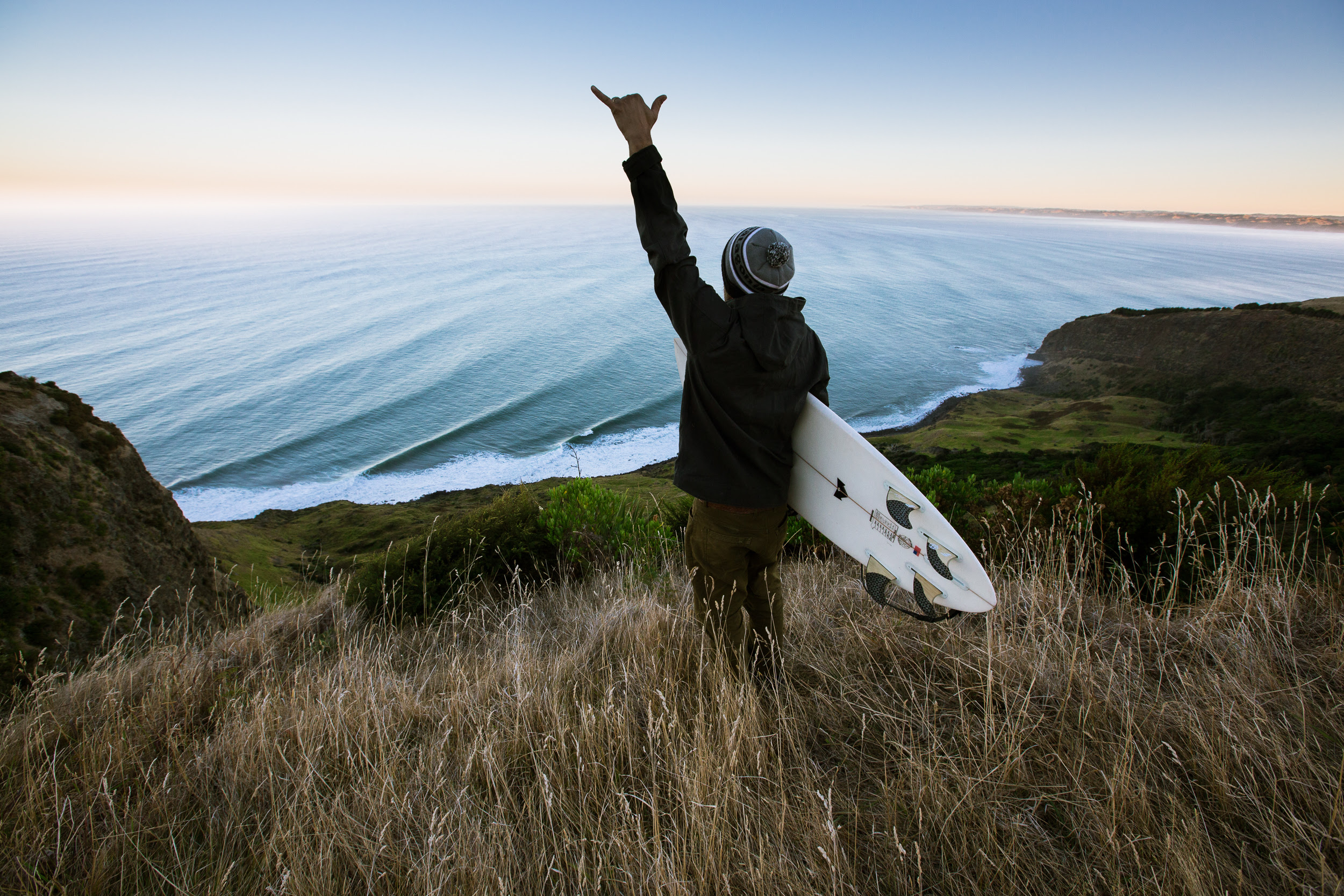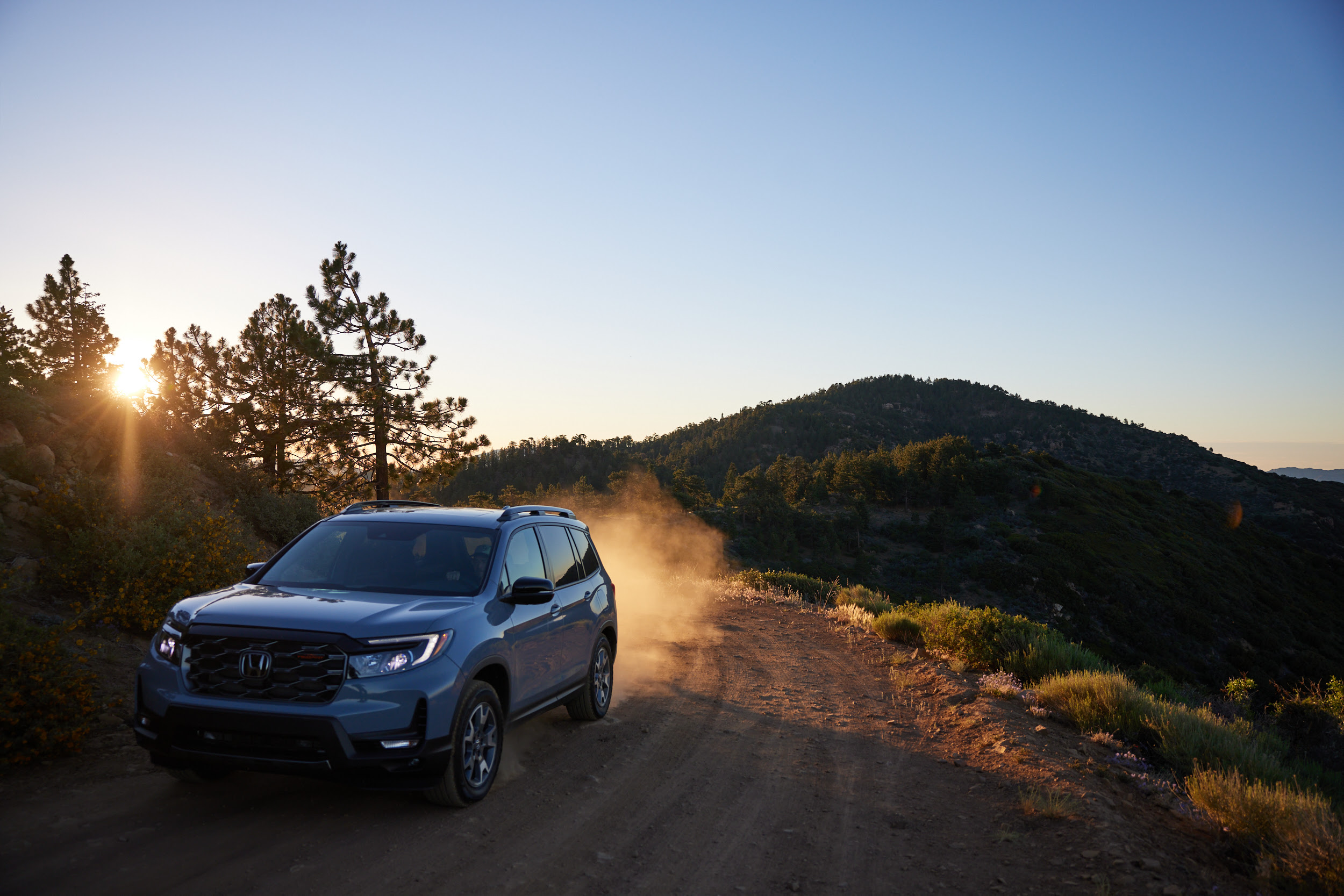Justin Bastien Photographer and Director
Heidi: You seem to balance work and your outdoor adventure life well. What was the biggest
surprises within that balance?
Justin: Balancing work and everything else you love in life is always a challenge, especially if you are
a curious person who likes to learn, explore, and try new things. Luckily, I really enjoy my
work, and it often takes me to incredible places around the world, meeting the most
interesting people from all walks of life. I have always tried to live a passion-based life,
following my interests and trying to align those interests with my work. The great thing about
photography and filmmaking is that it’s really endless in terms of where you can go with it.
What started out as a happy accident working with Patagonia years ago with my little 35mm
Yashica T4 point-and-shoot camera has really turned into an adventure of a lifetime. I never
would have imagined that I would get to go to every continent on Earth, explore remote
places where humans have never set foot, and take in all that beauty. The best part is actually
sharing the experiences through photography and films with others, hopefully inspiring people
and maybe making a small difference in the world in the process.
The biggest surprise to me has been that you actually can live a passion-based life. It’s
certainly not an easy path. It might look glamorous on Instagram, but trust me, it is not. It’s a
ton of work, filled with complete uncertainty at every turn and a huge learning curve with
endless ups and downs, but it’s so worth it. I couldn’t live any other way.
How did you get your start, or what was your biggest break?
I would say my start in photography was my biggest break. I was climbing almost full-time and
doing a wide variety of part-time jobs—geology, construction, web design, guiding, etc.—to
fund the next climbing trip. It was all about getting back out there to climb and see new
places. Work was just a means to an end. Along the way, I was fortunate enough to meet the
Photo Editor at Patagonia, Jane Sievert. She asked me to shoot photos on my climbing and
surfing trips. It was super low-key with no expectations. I would shoot these pretty bad
photos, and she would kindly review them, give me some encouraging feedback, and tell me
to keep shooting and working on certain things. Over time, she found a few photographs that
met her needs. It was a wonderful process, and I had no idea how lucky I was at the time and
how it would change my life. I am so grateful to her and Patagonia for leading me down this
incredible path.
From there, it was a long, slow road. I wasn’t a professional photographer yet and had to work
really hard to figure out how to shoot better images and also learn about the business side of
things—all of which is a never-ending process. One thing led to another, and I started getting
some interesting jobs outside of the work with Patagonia: commercial and editorial photo
shoots, and working as a specialty operator on TV commercials, TV shows, and films. The work
was really wide in scope, with a lot of travel, which was a lot of fun. I generally got hired for
strange jobs that required special skills, such as climbing, diving, shooting in remote locations, or where they needed someone who could take on a lot of different roles, such as directing, DPing, shooting still photographs, and VR.
During your career, how many hats have you worn to get to your level?
I feel like I have worn every hat along the way, in one form or another, and continue to do so
to this day. I like to be involved in every aspect of the production and understand how it all
works. From technical capture and workflow to the business side of things, and most
importantly, the creative process. The more you know about each aspect of the process, the
better informed your decisions will be. I started out working by myself out of a backpack in
remote locations, so I had to know how to do everything. It’s still like that on small jobs, but as
they scale up in size, I step back—way back.
On the big shoots, we have so many talented people who are really good at their specific
roles. Every person on set really elevates the quality of the work to the next level. At that
point, it’s better to focus on the big picture and bring the vision to life. That usually means I am
just focusing on directing and shooting.
Do you shoot a range of big and small jobs?
Yes, I work on a variety of projects, from solo shoots to large-scale commercial productions with extensive crews, elaborate sets, and all kinds of equipment. I enjoy the opportunity to work across this broad spectrum of production scales. On smaller projects, where it is just me and the subject, the experience is rewarding because it allows me to form a genuine bond with the subject, discover their true selves, and capture those raw, authentic moments. On the other end of the scale, large projects are exhilarating because I’m surrounded by a ton of exceptional resources and talented individuals who collectively enhance the final product. It’s incredibly satisfying to dream up concepts in the pre-production phase of the project and then see them magically come to life. Stepping onto a set and seeing a large, skilled crew in action, all dedicated to realizing the initial vision is always an awe-inspiring moment.
I value both working styles for the distinct benefits they offer. Each approach enriches my skills and informs my practice in the other context. Sometimes, going light and fast while with minimal gear, relying on my instincts, and capturing a fleeting moment is the right call. Yet, even when I have access to an array of equipment, such as lighting trucks, multiple camera units, and cranes, the true essence of my job is to capture the perfect shot. In contrast, working solo allows me to slow down, delve deeper into the craft, and prepare to capture that perfect moment.
This past spring was a prime example. I was out filming some climbing and snowboarding in the backcountry for a few days. We were camping in the snow, lugging around heavy camera equipment, trying to keep batteries warm, all while trying to find a great angle on this rock wall 3,000 feet across the snow-covered valley. It was filmmaking stripped down to the bare essentials. Immediately following that, I headed into directing a big commercial shoot for Chevy that was going to launch the Major League Baseball season. Suddenly, I found myself on a set buzzing with 125 crew members, complete with stunts, performance drivers, and two camera units with incredible DPs leading each unit—a stark contrast to the huge packs we carried in the backcountry shoot a few days ago.
For location shoots, how are you tracking weather, and do you have two treatments you prep?
Absolutely, our primary challenge was attempting to shoot a spring/summer-themed commercial amidst an ‘atmospheric river,’ a massive rainstorm that became one of the most intense to hit California in decades. This is when our adaptability and problem-solving skills truly came into play. Thankfully, I was part of a team where everyone was not only good at what they did but also collaborated well under pressure.
We encountered a significant setback when mudslides rendered one of our key locations inaccessible. The spot was set in a picturesque valley encircled by mountains—a pivotal scene for the commercial that we had to get. During our lunch break, I had a stunt driver take me in a four-wheel-drive vehicle to survey the damage. The roads were covered in deep mud, and it was immediately obvious that we weren’t going to make it up there. However, we’re in the business of making the impossible possible. We found a ranch hand with a tractor who helped us clear a path so that a pared-down crew could make it up the road. We skipped lunch and pushed our way up the hill. In the meantime, we dispatched the second unit and assistant director to find an alternative location and worked tirelessly to clear the mud. We trimmed the crew down from 125 to only the most essential personnel, who, along with a single Art Director from the agency, barely squeezed into two 4×4 trucks. Time was tight, and we had a lot to accomplish, I wanted to make sure we didn’t miss the epic lighting conditions I knew we were going to get around dusk. Luck was on our side that day, and we managed to capture some fantastic footage.
However, our luck didn’t hold the next day. The forecast warned of relentless rain throughout the day. Our location scout was on it, providing hourly weather updates, yet we had to brace ourselves for the possibility of filming in heavy rain.
That’s exactly the scenario we faced on our last day, where the boards called for a sunny homecoming scene with a BBQ, and instead, we had a river falling from the sky. We put the cast under the front porch of the house to keep them dry, lit the scene to make it look like a sunny, summer day, and constructed a 60-foot plastic tunnel for the truck to drive through to the set. We planned to use VFX to replace the background plates and simulate reflections on the body of the truck.
We adapted, hustled, and made the most of the challenging conditions. The dedication of every crew member, going the extra mile during the five-day shoot, was crucial to our success. Viewing the final broadcast spot you wouldn’t be able to tell that it was shot in a big downpour. And that is the magic of filmmaking!
https://vimeo.com/845713502
Who were your inspirations and mentors then and now?
I would say I am most inspired by the natural world and storytelling. I love how every place
and every person has such an interesting, unique story to be told. You can truly find art and
magic everywhere you look in the world. I think it’s a matter of finding that inspiration all
around you.
My biggest mentor has been my mom, who was a Special Education Teacher for 35 years
and a multidisciplinary artist. She was always working on different projects from painting and
Ikebana to quilting and interior design. She really encouraged me to be creative, brave, and
free. As I mentioned earlier, Jane Sievert at Patagonia set me on this wonderful path. My
good friend Ken Merfeld, a photography instructor from the Art Center College of Design, is a
passionate artist with a wicked eye that constantly pushes me to challenge myself as an artist
and take my work to the next level. I am so grateful for all these people and many more who
have been such an important part of this never-ending journey.









